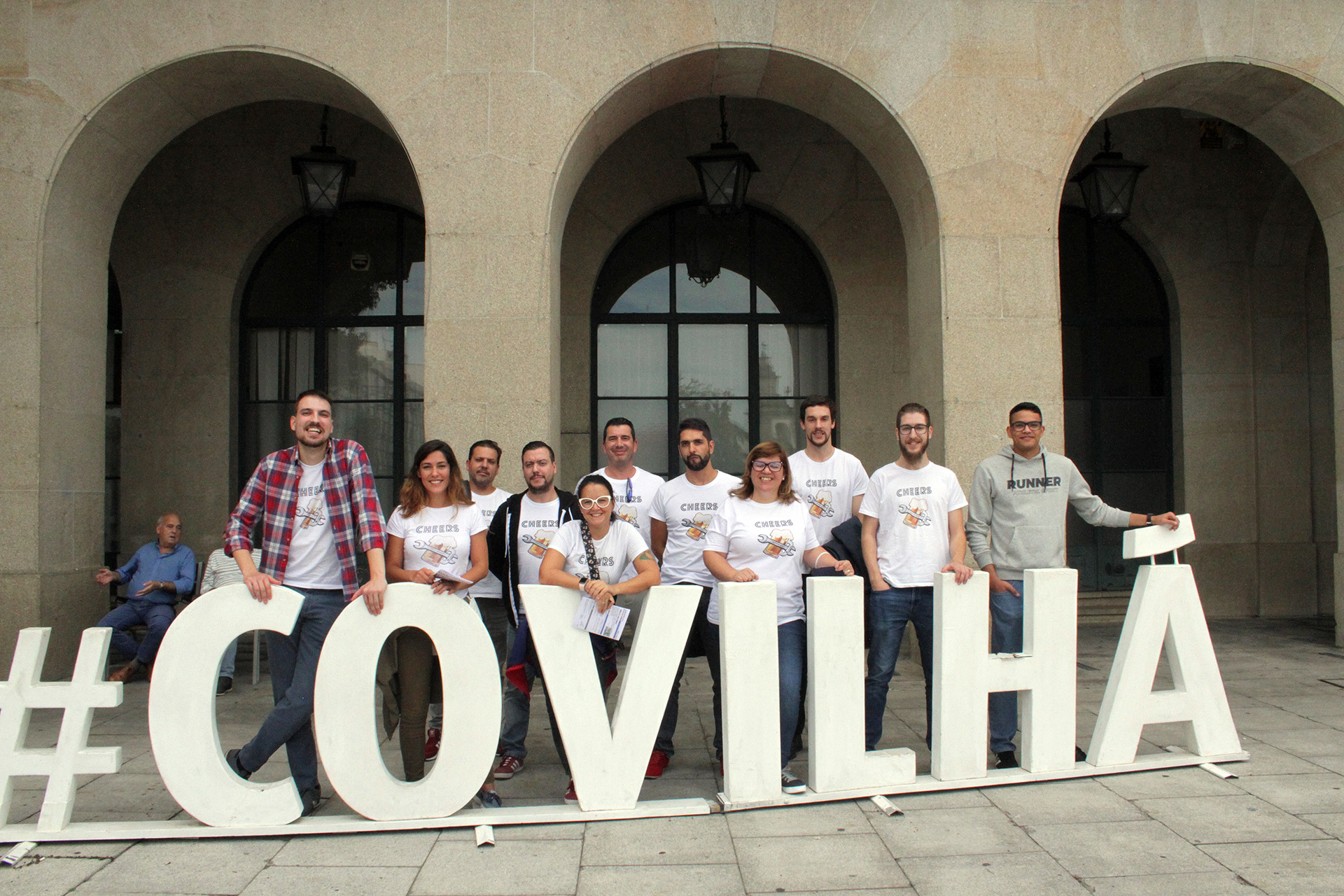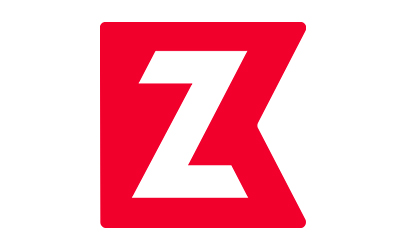Flexible working became a reality for many companies during the pandemic, and now, with mass vaccination and a return to normality, many companies are looking for ways to implement it effectively and efficiently. However, implementing this working methodology can be a challenge. Certain practices and tools need to be adopted to ensure that the implementation is successful and productive. In this article, we’ll explore some important steps for effective and fruitful implementation.
Flexible working comprises two modalities
Remote working, also known as teleworking, is a working model in which employees carry out their tasks away from the office, usually at home or at another location of their choice.
Hybrid working is a model that combines remote and face-to-face work in the office. In this model, employees work some days in the office and others at home or at another location outside the office.
As with everything in life, there are obviously pros and cons to both models that need to be weighed up
Pros
- They offer more flexibility in terms of working hours and location, allowing employees to work from home or anywhere else with internet access.
- Can help save money for both employers and employees in terms of travel costs, meals and other expenses associated with face-to-face work.
- It can enable employees to have a better work-life balance, allowing them to spend more time with their families or engaging in other activities outside of work.
- Some studies suggest that employees who work from home are more productive than those who work in a traditional office, mainly due to fewer distractions and interruptions.
- It can help reduce the stress associated with commuting, rigid schedules and social pressures in the workplace.
- It allows companies to access a larger and more diverse pool of talent, regardless of their geographical location.
Cons
- Employees can feel isolated and disconnected from the team and the organisational culture.
- It can lead to greater difficulty in maintaining a work-life balance, especially if employees find it difficult to establish clear boundaries between work and personal life.
- It can limit personal interaction between co-workers, which can lead to a less collaborative and innovative working environment.
- It requires reliable and stable internet access, which can be a problem for some people who live in areas with slow or unstable internet connections.
- Some people may find it difficult to concentrate on their work tasks from home due to distractions such as television, family members and other aspects of the home environment.
- Employers may find it difficult to supervise and monitor their employees’ work remotely, which can lead to productivity and performance problems.
5 Tips for a successful flexible working culture
Kompetenza has opted for flexible working since its creation in 2018. Employees are selected primarily on the basis of their soft skills, because we believe that when an employee fits in 100 per cent with the company’s philosophy, the path to success is clear. In this sense, flexible working is a reality for all employees and we currently have half of our workforce working remotely. With distances as great as Covilhã to Madeira, tight deadlines and work always carried out in teams, we had to have well-defined rules to make it a success. And we believe that these rules can be applied to any company that wants to implement flexible working successfully:
Establish clear guidelines and communicate them consistently
The first step to implementing flexible working in your company is to establish clear guidelines and communicate them consistently. It’s important to clearly define the expectations and guidelines for flexible working and this includes working hours, communication, deadlines and targets. Communicating these guidelines clearly and consistently helps ensure that all employees are on the same page and working together efficiently. Make sure that all employees understand what is expected of them in terms of working hours, communication and deadlines.
Adopt collaboration tools
Collaboration tools such as Microsoft Teams, Slack or Google Drive (among others) are essential for flexible working. These types of tools help employees to communicate and collaborate effectively, regardless of whether they are in the office or at home. It’s important to train employees in the use of these tools so that they can use them effectively. Make sure that all employees have access to them and know how to use them.
Provide equipment and technical support
Employees who work from home need to have the necessary equipment to carry out their tasks. It’s also important to provide technical support to ensure that employees can safely access the company’s systems and tools.
Foster a culture of trust and empowerment
“With great power comes great responsibility”. Flexible working requires a company culture that promotes trust, empowerment and responsibility. Employees need to know that they are reliable and capable of carrying out their tasks, regardless of where they are working. The company should provide professional development opportunities and support for employees to help them grow and feel empowered. Make sure that all employees feel valued and empowered to carry out their tasks, regardless of where they are working.
Clearly define deadlines and targets
It’s important to set clear deadlines and targets so that all employees know what is expected of them and can work towards achieving these goals. Make sure everyone understands the company’s goals and how they can contribute to achieving them. Be clear about deadlines and make sure all employees know when tasks need to be completed.
We believe that a team that is motivated, responsible, confident, has a well-defined strategy, the right tools and communicates openly, cordially and clearly with each other is the way for a company to succeed and be a GREAT PLACE TO WORK!



